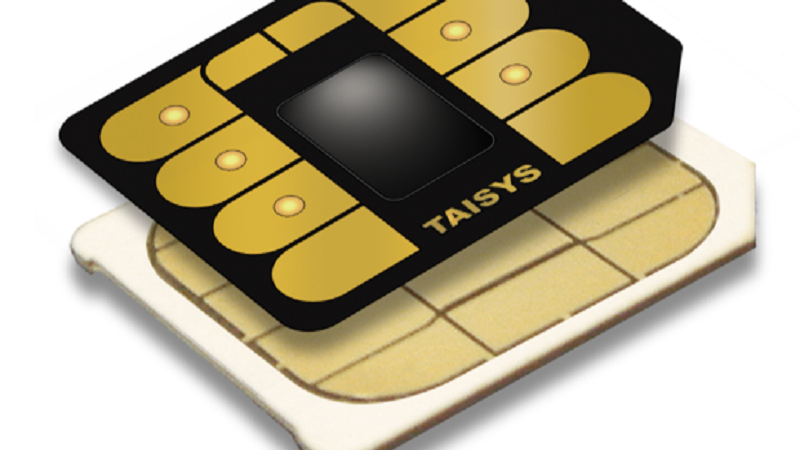I guess the desire to move from one network to another has never been more relevant than it is now. The local telecoms space is becoming more and more competitive, and as the economy continues to do us no favours, we are appreciating the value of every dollar we spend.
We often wish we could just drop any mobile network that frustrates us at any point, something that POTRAZ, the industry regulator hasn’t gotten around to fixing. In other markets though, the approach is a bit more aggressive.
Kenyan authorities recently gave a nod to Equity Bank’s plans to deploy a Taisys developed ultra slim SIM, which gives users the capacity to make and receive calls from an additional network on the same phone without discarding the old SIM card.
The slim SIM is made in the same shape as the normal SIM, but only slimmer, allowing it to sit on the back of the old SIM. It can come preloaded with mobile wallets and other capabilities that would add a post manufacturing capability to your mobile phone, such as NFC. It removes the need to purchase a dual SIM or additional phone. Bye bye, Duos!
Naturally, the biggest mobile phone operators fronted by Safaricom challenged this disruption to their secured monopoly citing security concerns, albeit unsuccessfully.
The technology was possibly born out of a similar challenge we reported on earlier between banks and MNOs where MNOs will not allow banks the full autonomous use of their networks to provide, in most cases, competing products and services.
It also answers one key flaw that is prevalent in telecoms today; that is, the absence of mobile number portability or the Universal SIM (an operator independent SIM). The dream by POTRAZ to implement number portability by 2014 as it had promised seems to be just that, a pipe dream. This is a disservice in its own respect as it disallows users the right and flexibility of migrating from one operator to another according to the richness of the service, a key element of a consumer driven market.
Subscribers are most times held hostage to a particular network because the network has one extremely good service (EcoCash comes to mind here), but may be expensive on other services such a voice calls or data bundles.
Users cannot easily migrate to the next network because of the high switching costs, the need to stay connected by having a consistent number and the move to network may not offer nearly as good a service as the flagship, and you are just moving for a better data package.
Case in point is the recent increase in bundle prices from Econet. Many users have contemplated moving to another network, but both Telecel’s and NetOne’s mobile wallets do not match EcoCash’s modicum especially in agency network.
While we are there, a queer development last week saw the launch of the EcoCash Data App that would enable one to actually remove the Econet SIM and use NetOne or Telecel data packages while continuing to use EcoCash and the Econet line for WhatsApp. The slim SIM comes as another channel for doing this.
For operators and banks; Econet in particular given that they are already working on NFC payments, the slim SIM resolves one missing key that could have slowed down development of payments via NFC.
NFC payments would not be deployed in Zimbabwe successfully via services like Google Wallet or Apple pay or any of the smartphone dependent wallets due to the continued antagonistic popularity of feature phones in Zimbabwe, most southern African countries and other developing markets.
Offering NFC Payments via enabling technology such as NFC tags on feature phones was previously not easily achievable because of the inability to implement a Secure Element to encrypt communication terminating at the phone. This slim SIM, however, contains this capability with an embedded microchip.
While the slim technology sounds like it’s half a decade away, Telecel, NetOne or banks could do well to bring it to Zimbabwe tomorrow.
image courtesy of openecosource.org


Comments
2 responses
Slim Sims aren’t really the technological marvel you make them out to be.
As you say,they are simply thinner so two can fit into your phone’s sim slot. However, only one of them at a time can make be used. It makes it easier to store a sim for a different network, but it doesn’t magically allow you to connect to more than one network at the same time.
Here here… to me, this just strikes me as a glorified sim adapter where your sim cards need two different pins?